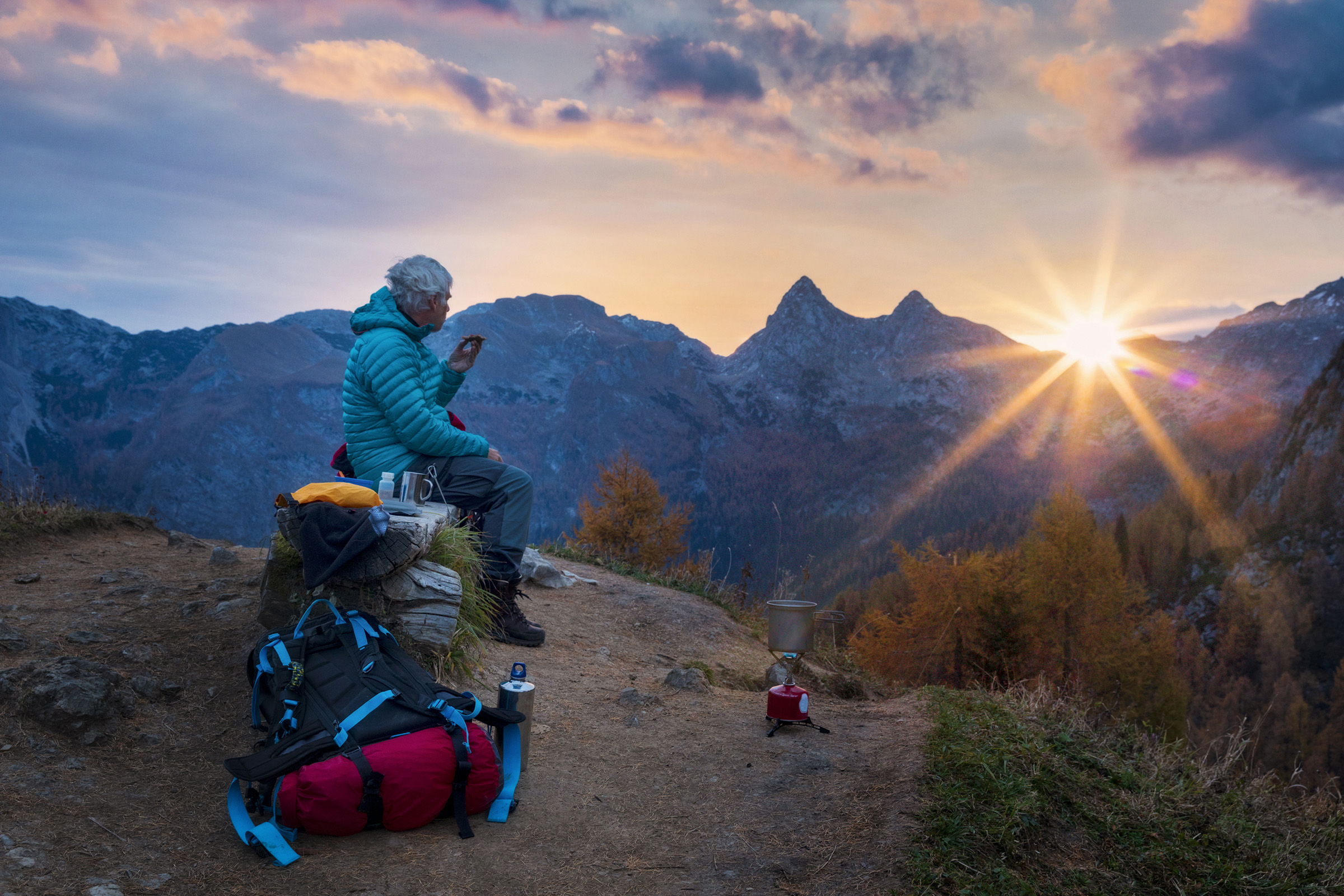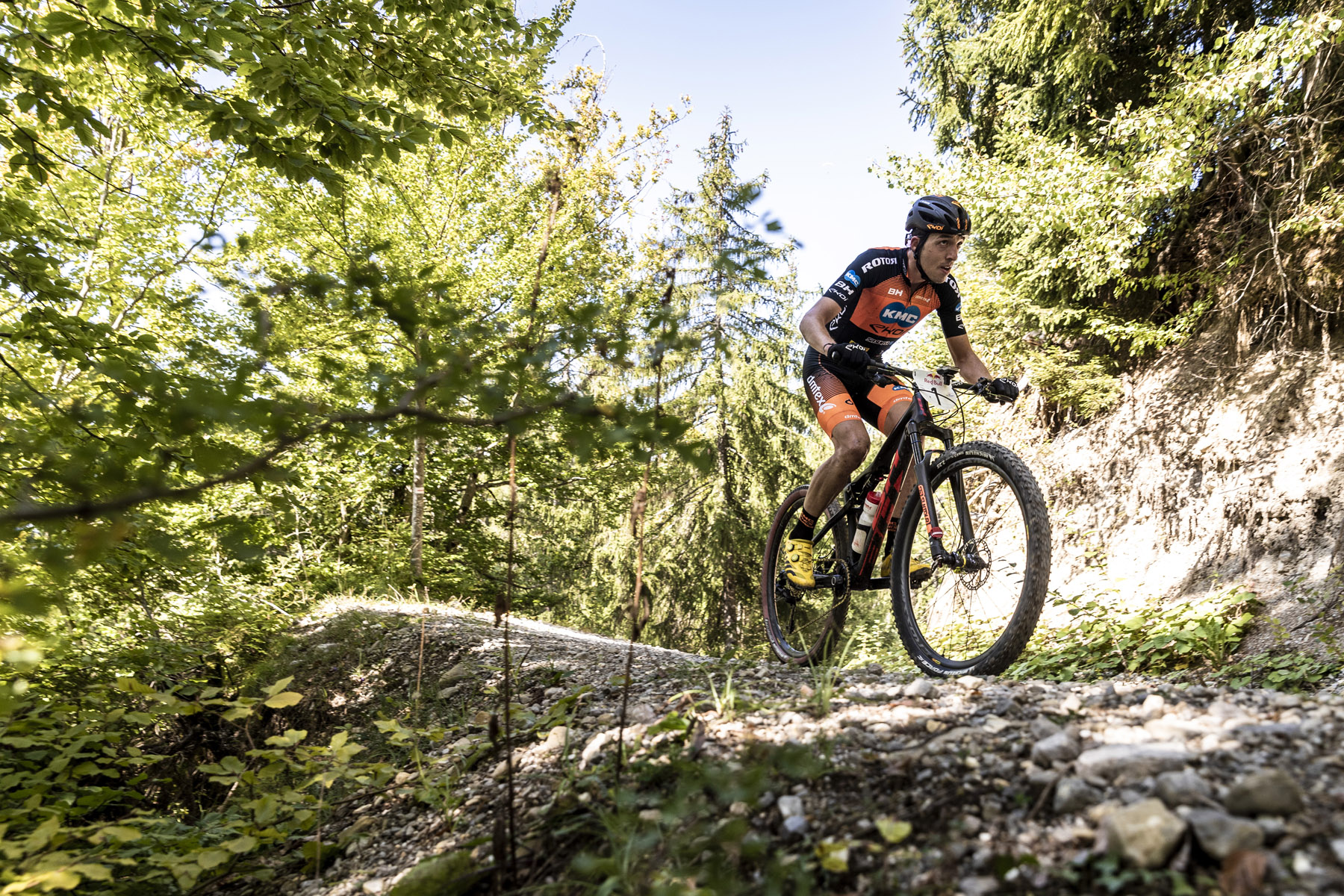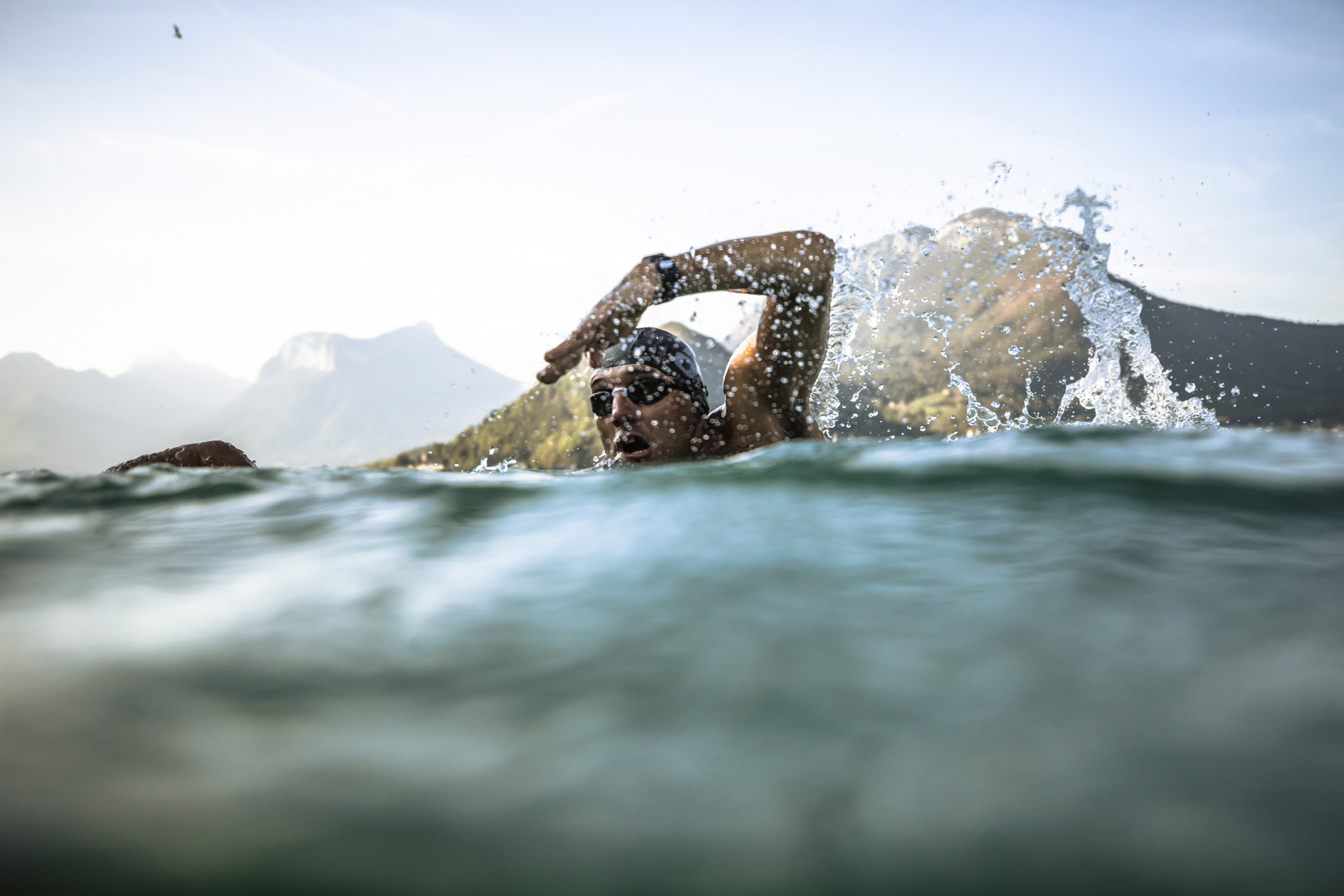Epiphanies are a strange phenomena, like déjà vu but without the trippiness. I had a strong one the other day.
While buttering some toast I heard something on the radio that prompted me to pick up my phone and search for information about a shoot Diane Arbus did of Mae West during an assignment for Show Magazine in 1964.
“Diane Arbus and Mae West,” I mused, “what a combo – quick, where’s my phone?”





Within minutes, while casually standing at the kitchen bench in my pyjamas, I learned all I needed to know about the strange union between Diane Arbus and Mae West that, pre-internet, would have taken me a day wandering around a library scratching my head to uncover. But the incongruous coming-together of these two artists quickly gave way to a strange amazement at being able to discover details about their unlikely union in between bites of buttered toast.
It was, in part, an epiphany about the easy and informal availability of information, any information at all, in answer to any question or query that pops into the head, at any time, anywhere – and how easy it is to take this awesome power for granted.
But it was mainly about how this easy flow of immediately accessible information – a glut of news, tips and advice – has, for me anyway, proven disarming when it comes to preparing for challenging objectives in harsh environmental conditions.
My partner in crime on many adventures back in the day was and still is fastidious about big trip inventory planning. He’s a farmer and skilled permaculturalist. I’d arrive at his place straight from the inner city ’burbs and marvel at things like his composting toilet; how he’d grow deliciously tasty tomatoes with shit. He’d spend a huge whack of his day fertilising and tending his food crop, checking out his polytunnel, feeding chickens and pruning his fruit trees. I’d spend my days in the city plugged into and reliant on the internet. I’d use it to pay my bills, acquire food, catch up on news, and check and reply to emails. He wasn’t sure how EFTPOS worked. Oh, how I laughed!
We’d head north from his bush-base near Cooktown in Far North Queensland and, by foot and sail-power, explore the far north-east coast of Australia and the eastern Niuginian Islands. These trips would take up to three months to complete.
We caught a lot of fish and when in populated places, like Niugini, we’d trade fish and other items for vegetables and greens with the locals. But for large portions of time we’d be completely alone without access to green leafy vegetables or fruits. My mate would painstakingly go over our nutritional needs for precisely these moments.
We always took a barrel of feta cheese, huge amounts of alfalfa and mung bean seeds that we’d sprout on the foredeck and also a keen knowledge of bush fruit tree locations. I’ll never forget him scaling a bull ant infested Wongi Plum tree on Flinders Island in order to harvest some of its vitamin C-rich fruit.
The realisation that these tried and tested trip fundamentals were as basic to him as me using an EFTPOS card has always resonated with me. Me: No food? No worries, I have an EFTPOS card. For him: an awareness that for life in the rainforest, miles from plugged-in and networked supermarkets, taking responsibility for sound nutritional health is the basis for everything.
For this issue of Outdoor Amplitude, we were interested in getting an expert perspective on nutritional health. Although the internet has doubtlessly altered everything and made access to information automatic, the requirements for maintaining nutritional health when out in the middle of the wilderness remain unchanged since the times of Martin Frobisher, George Mallory and the rest of the great explorers.
Dr. Ricardo Costa is one of Australia’s key authorities on nutritional health for adventure and ultra-long distance athletes. He's a Senior Lecturer and Researcher in Exercise Physiology, Metabolism and Dietetics at Monash University. Recently, we asked him a few questions about nutrition guidelines for extended journeys into challenging and remote wilderness over the...ahem... internet.
These guidelines are for a hypothetical multi-day, self-propelled adventure into the wilderness.
OUTDOOR: What roles do weather and altitude play in nutritional requirements?
Dr. Ricardo Costa: It’s difficult to respond in a short sentence, as it depends on the scenario (distance, time, terrain, self-sufficiency, conditions, et cetera), so these answers are just a brief snapshot.
Foul weather and altitude increase energy and water requirements. For example:
Cold increases shiver response, and therefore increases energy expenditure.
Heat increases sweating and therefore water needs, and from a metabolic perspective it increases reliance on carbohydrate energy stores.
Altitude increases aerobic and anaerobic energy pathways, due to oxygen deprivation stress, and puts stress on a body’s iron stores.
OUTDOOR: Do nutritional guidelines differ, if at all, between solo and multi-member missions?
Dr. Ricardo Costa: Yes and no. All activities are individually dependant (each individual will respond differently to the same challenge), so an individually tailored nutritional and hydration regime needs to be identified beforehand and planned accordingly, regardless of solo or multi-member qualification.
OUTDOOR: What’s the basis of healthy eating when out in remote, offgrid, often physically challenging wilderness areas?
Dr. Ricardo Costa: Again, an individually tailored nutritional and hydration regime (‘healthy eating’ is an ambiguous term). Everything should be treated at face value and assessed respectively.
OUTDOOR: Are there some nutritional staples explorers or athletes performing in remote regions should include in their inventory?
Dr. Ricardo Costa: Dehydrated protein sources (e.g. beef, soya, chicken, milk powder or alternatives), starches (e.g. freeze-dried rice, freeze dried pasta, quick boil noodles, quinoa flakes, oats, puffed rice, couscous, potato mash), dried fruits, essential fatty acid-rich nuts, and little vessels of essential fatty acid-rich oils (e.g. olives, rapeseed and/or avocado), and a personal selection of preferred trail mix.
OUTDOOR: Is there a way of accurately monitoring nutritional health when in the wilderness, on the move, with all gear necessarily portable?
Dr. Ricardo Costa: In a reliable and valid way – no. Explorers and athletes need to accurately assess expenditure, work out their dietary plan before heading off, and program accordingly. While in the field (and while they’re testing beforehand), they should listen to their body: if thirsty, drink; if hungry eat – and listen to cravings (e.g. sweet or savoury). They should avoid aggressive food rationing or fat adaptation protocol (weight control). These are forms of acute malnutrition and promote the body’s stress response modality to its reserve of endogenous fat energy substrate. There are a number of physiological disturbances, some of clinical significance, associated with weight control fads.
OUTDOOR: Are there supplements/pills/ concentrates you’d recommend? If yes, what are they? If none, why?
Dr. Ricardo Costa: Protein and glucose sources may be beneficial to support daily nitrogen and rapid energy needs. But nothing else is needed. Dietary supplement claims are not substantiated by the scientific knowledge base, despite many incorrectly and misleadingly citing scientific sources. Electrolyte sources can easily be met by foods.
OUTDOOR: Are there any preparatory and post-objective nutritional guidelines? If so, what are they?
Dr. Ricardo Costa: None to date. I can’t recommend anything specific, only to tailor individual recommendations based on prevailing factors – such as extent of weight change post-trip, blood biomarkers aspects, and/or any injury/illness occurrences.
OUTDOOR: Foodwise, taking into consideration portability and the like... if you had to take a few items with you, what would they be?
Dr. Ricardo Costa: I know I’m biased, but I help produce the BASE Essential PowerPackets and ExtremeMeals range – a variety of freeze-dried and dehydrated meals based on our research and taste preference findings.





